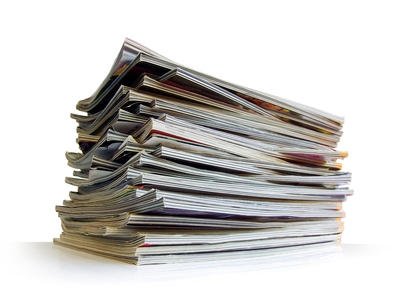A year or so ago, we lamented the demise of magazines – and reminisced about our fondness for print.
That decline hasn’t changed. In many cases, Publishers’ Bureau reports it’s gotten worse, with digitals grabbing market and ad and visual shares everywhere. [Except for celebrity, men’s fitness, and ‘focused’ mags.]
But the sadnesses really struck home when Ladies’ Home Journal announced it was out of the subscribers’ business this July, moving to quarterly newsstand issues. Sure, its heyday was in the ‘40s and ‘50s. Yet we as PR practitioners in the late 20th century worked with editors and columnists to promote client wares and stories, and celebrated when they said it was a go.
For those who naysay the medium, contrast it with Web experiences. How many times have you surfed a specific topic, and gotten lost in the maelstrom that’s Google search? Or clicked on one link and found, like Alice, that you were falling quickly through hours of unsorted (and sometime un-validated) content?
 There’s a finite beginning and end to a magazine. Something that limits our thoughts, in fact, concentrates it into our memories. A reportorial coup like Steven Brill’s dissection of our health care system (Time magazine April 4, 2013) is meant to be dissected, digested, and discussed. Few Web bytes can claim that.
There’s a finite beginning and end to a magazine. Something that limits our thoughts, in fact, concentrates it into our memories. A reportorial coup like Steven Brill’s dissection of our health care system (Time magazine April 4, 2013) is meant to be dissected, digested, and discussed. Few Web bytes can claim that.
At the end, everyone says, print will die because increasing costs and decreasing ads don’t make financial sense. Yet, like LHJ, we “never underestimate the power of a woman.”

